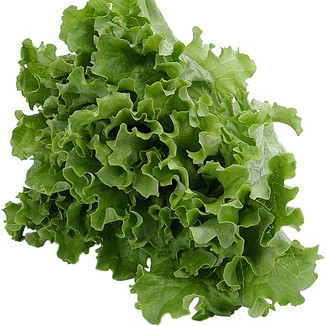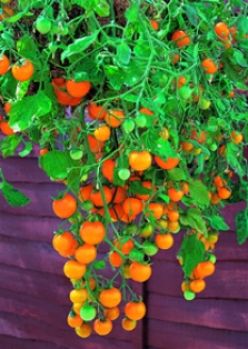


GARDENING WINDOW BOXES
Choosing the Right Container
Some of the containers available to a gardener are: wood, plastic, copper, iron, tin, ceramic, terra-cotta, stone, wire, and fiberglass window boxes. If your windows are in the sun all day, avoid a solid metal or darkly colored box, because they can heat up and burn the plant roots. If you choose terra-cotta, be sure to immerse the boxes completely in water for a half hour before planting so that the clay does not absorb all the water meant for the plants.
A standard size window box is about 3 feet long. Don't get a window box less than 4 inches wide—it would not look lush and will require constant watering. A window box should be about 25 percent of the height of the window; 20 percent if the window is very tall. Make sure the box has drainage holes (each about 1/2 inch in diameter, spaced about 6 inches apart). If it doesn't have any, you'll need to drill some. Cover the holes with screening or coffee filters to hold in the soil.
Designing with Plants
If you're unsure how to combine plants attractively, Pick one type of plant that grows up (grasses, spiky plants, geraniums, or other flowers on long, straight stems), one that trails down (ivy, sweet potato vine, thyme, lobelia), and one bushy type to fill in the middle (impatiens, petunia, dwarf ornamental pepper.) If you have room, you can add a fourth type as filler—one that contrasts in color, texture, or foliage size with the others in the box.
Planting the Window Box
Use a soilless bagged mix, which is usually a mix of peat or coir, perlite, and/or vermiculite. Provide some nutrients and help retain moisture by adding screened compost to a soilless mix—it can be up to 20 percent of the mix. Moisten the soil mix with warm water before planting. Set the plants into the mix to the same depth they were in their containers. Firm them in and water again. Allow about an inch of space between the soil and the top of the box.
Keep Them Looking Good
Water. If a window box sits in direct sun for much of the day, you may need to water both morning and evening. Water until the water runs out of the drainage holes, and don't assume that because it has rained, your plants have enough moisture. If your plants droop in the sunlight but recover in the shade or after sundown, they need more water.
Try not to let the soil completely dry out, especially if you use a soilless peat-based mix. Once peat dries, it no longer absorbs water but actually repels it, becoming almost impossible to rewet.
If the peat does dry out, try this remedy from: Add a few drops of liquid dishwashing detergent to a quart of water; then water slowly with this solution. The soap breaks the barrier to the soil and allows the water to be absorbed. The results should last a long time, so you should not need to use the soap solution more than once or twice in a season.
Mulch. Mulching the soil in a window box helps hold moisture in and gives a finished look to the box. Whatever you use, be sure to thoroughly water the plants before adding the mulch, or the mulch could act as a barrier to the water. Periodically check to be sure that water is getting through to the soil and isn't running off the top of the mulch. Use cocoa shells, finely shredded bark, or moss.
Fertilise. Soil mixes don not provide enough nutrients for the plants to thrive the entire season, and what nutrients there are can wash out the drainage holes when you water. So to keep your plants healthy and growing, fertilise every two weeks with seaweed or fish emulsion, diluted to half the recommended garden strength.
Deadhead. Dead and decaying flowers, stems, and leaves can be sources of fungal growth, so be sure to pinch them off when you see them. Regular deadheading keeps annuals flowering instead of going to seed, and keeps plants looking their best.
Flowers
Dwarf sunflower (Helianthus)
Fan flower (Scaevola spp.)
Gazania
Geranium (Pelargonium cultivars)
Heliotrope (Heliotropium)
Million bells (Calibrachoa 'Million Bells')
Osteospermum spp.
Petunia spp. (especially the Supertunia Series)
Portulaca Yubi Hybrids
Sedum spp.
Snapdragon (Antirrhinum)
Verbena spp.
Foliage
Boxwood (Buxus)
Caladium
Coleus (Coleus x hybridus)
Golden creeping Jenny (Lysimachia nummularia 'Aurea')
Ivy (Hedera spp.)
Licorice plant (Helichrysum petiolare)
Lotus vine (Lotus berthelotii)
Ornamental kale (Brassica)
Trailing coleus varieties (Solenostemon spp.)
Herbs
Oregano
Parsley
Rosemary
Thyme
Vegetables
Cherry tomatoes
Lettuce
Peppers
Swiss chard


